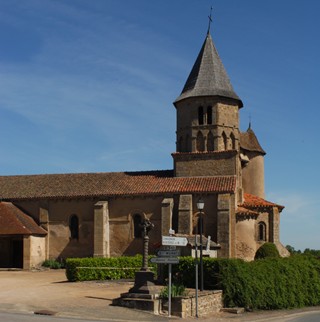Abstract
Systems for the creation of photorealistic models using range scans and digital photographs are becoming increasingly popular in a wide range of fields, from reverse engineering to cultural heritage preservation. These systems employ a range finder to acquire the geometry information and a digital camera to measure color detail. But bringing together a set of range scans and color images to produce an accurate and usable model is still an area of research with many unsolved problems. In this paper we address the problem of how to build illumination coherent integrated texture maps from images that were taken under different illumination conditions. To achieve this we present two different solutions. The first one is to align all the images to the same illumination, for which we have developed a technique that computes a relighting operator over the area of overlap of a pair of images that we then use to relight the entire image. Our proposed method can handle images with shadows and can effectively remove the shadows from the image, if required. The second technique uses the ratio of two images to factor out the diffuse reflectance of an image from its illumination. We do this without any light measuring device. By computing the actual reflectance we remove from the images any effects of the illumination, allowing us to create new renderings under novel illumination conditions.)
Acknowledgements
This work was supported by NSF grant IIS-0121239 and the Andrew Mellon Foundation.
Additional material

Model of St Marie, Chappes Access original images and view relighted image sequence